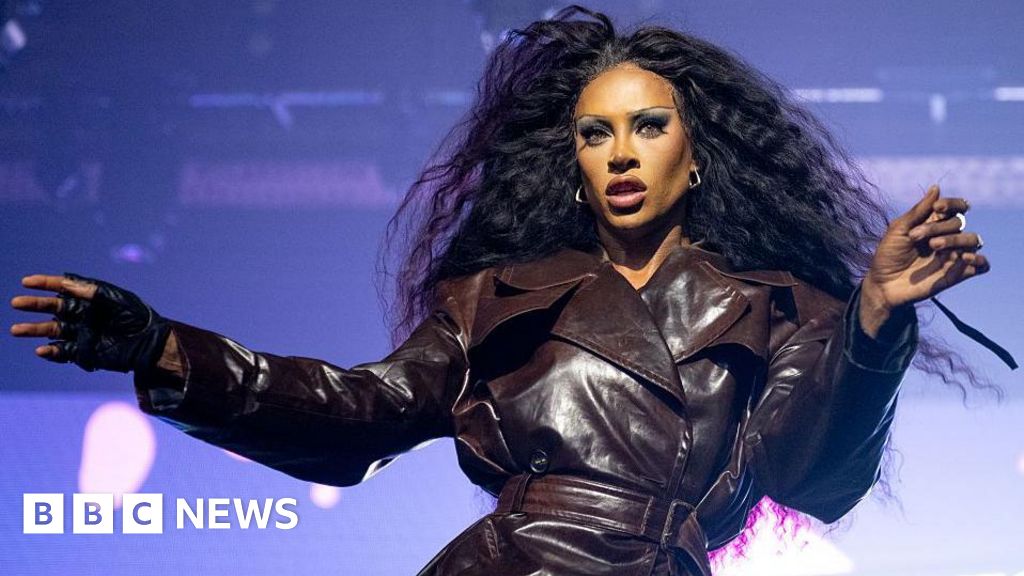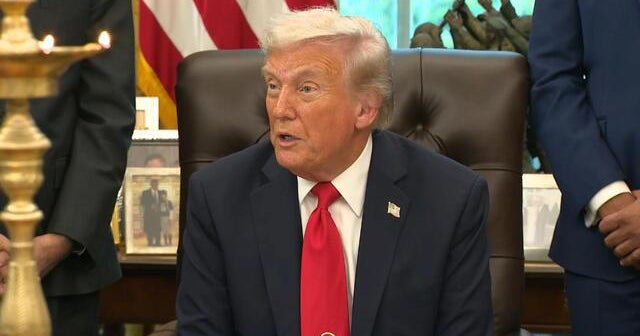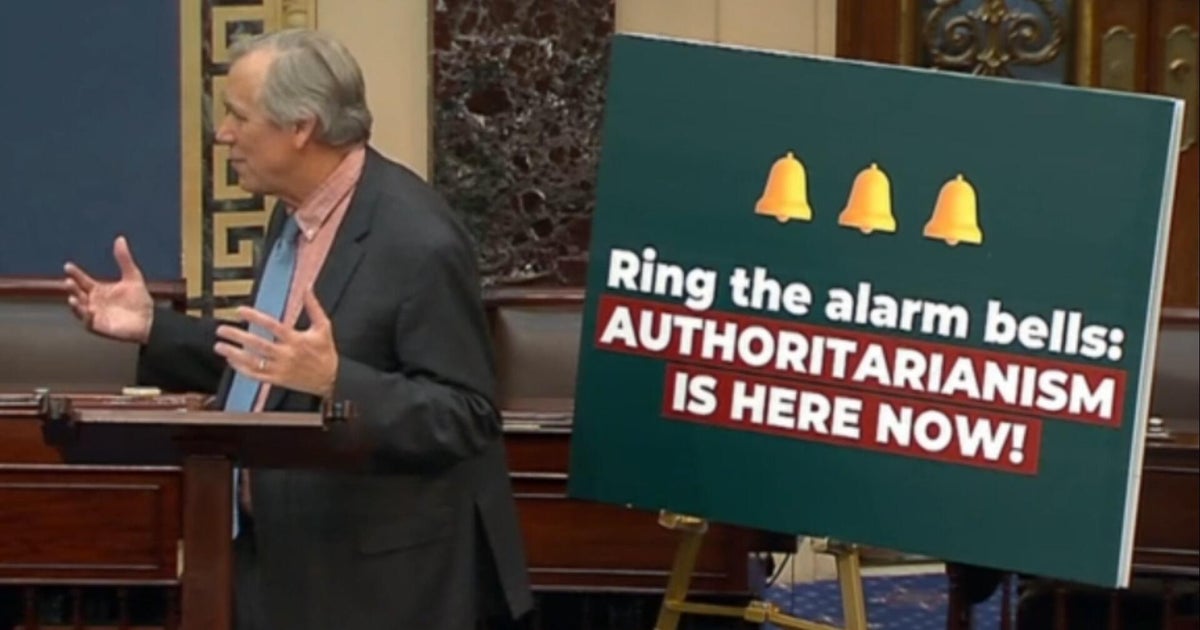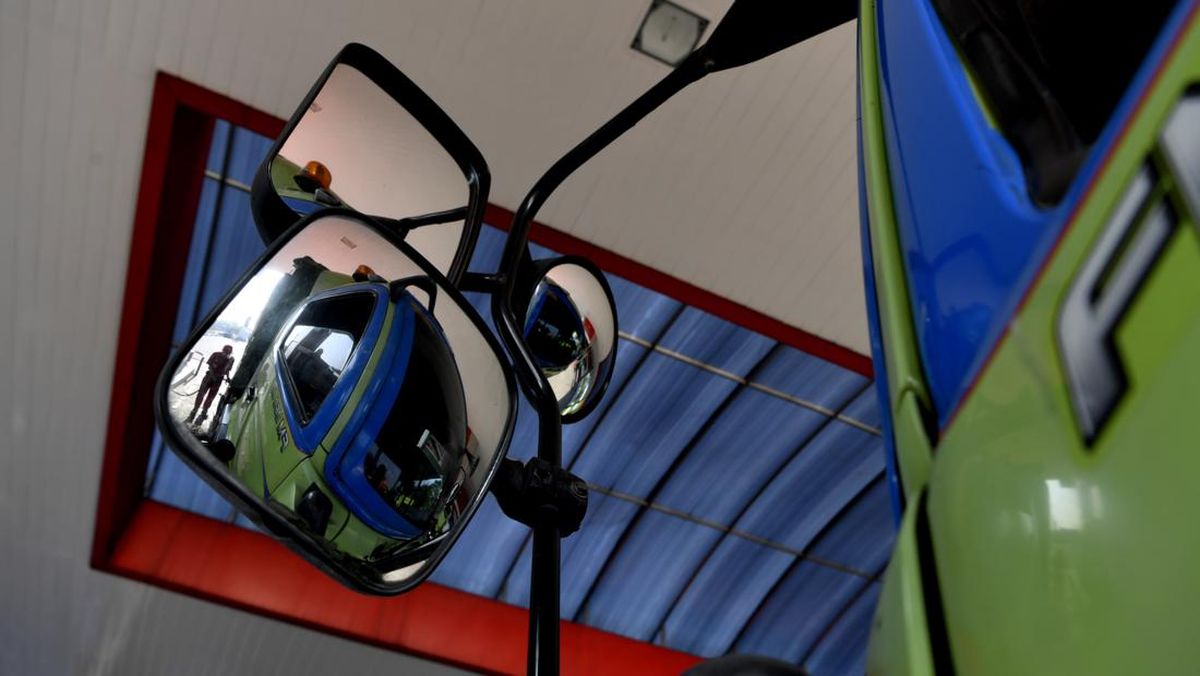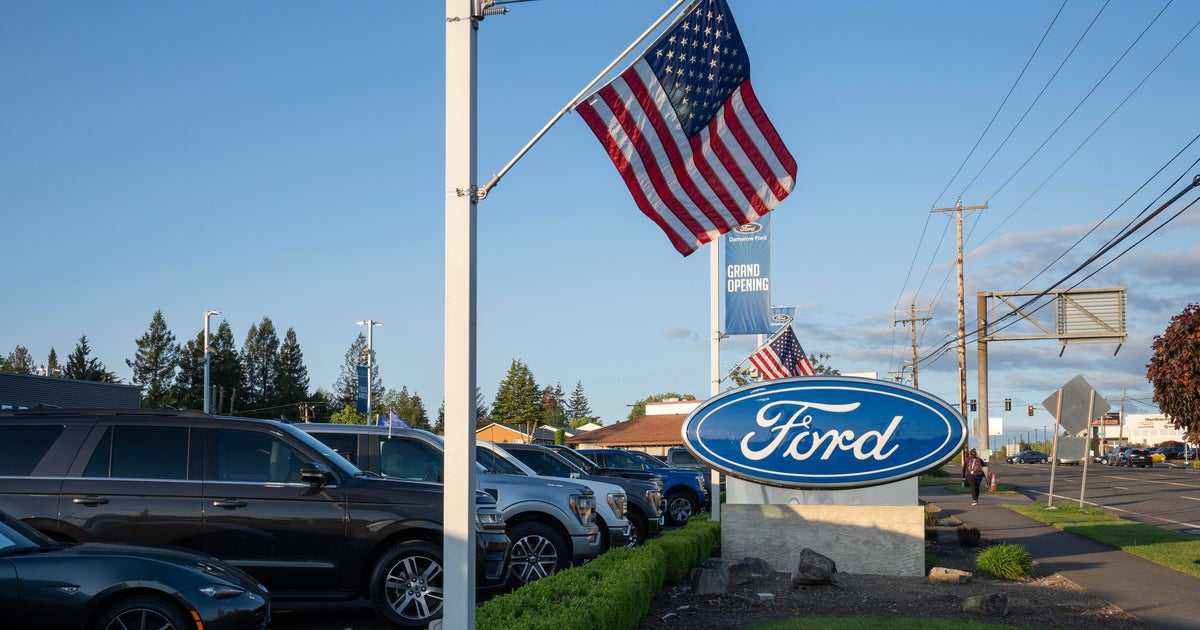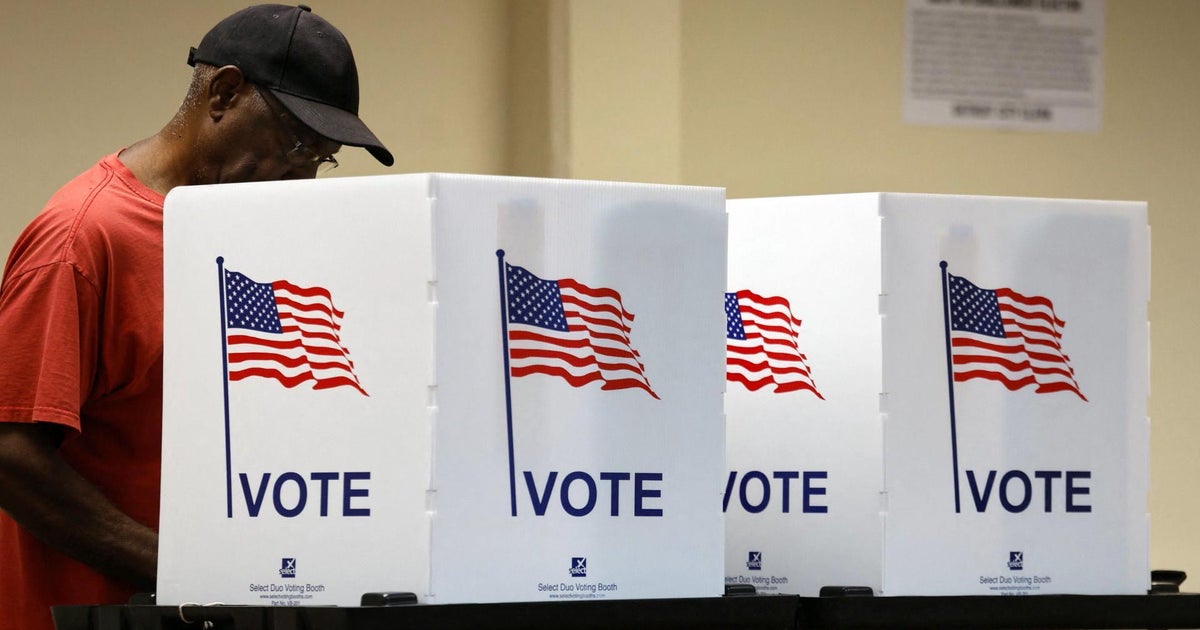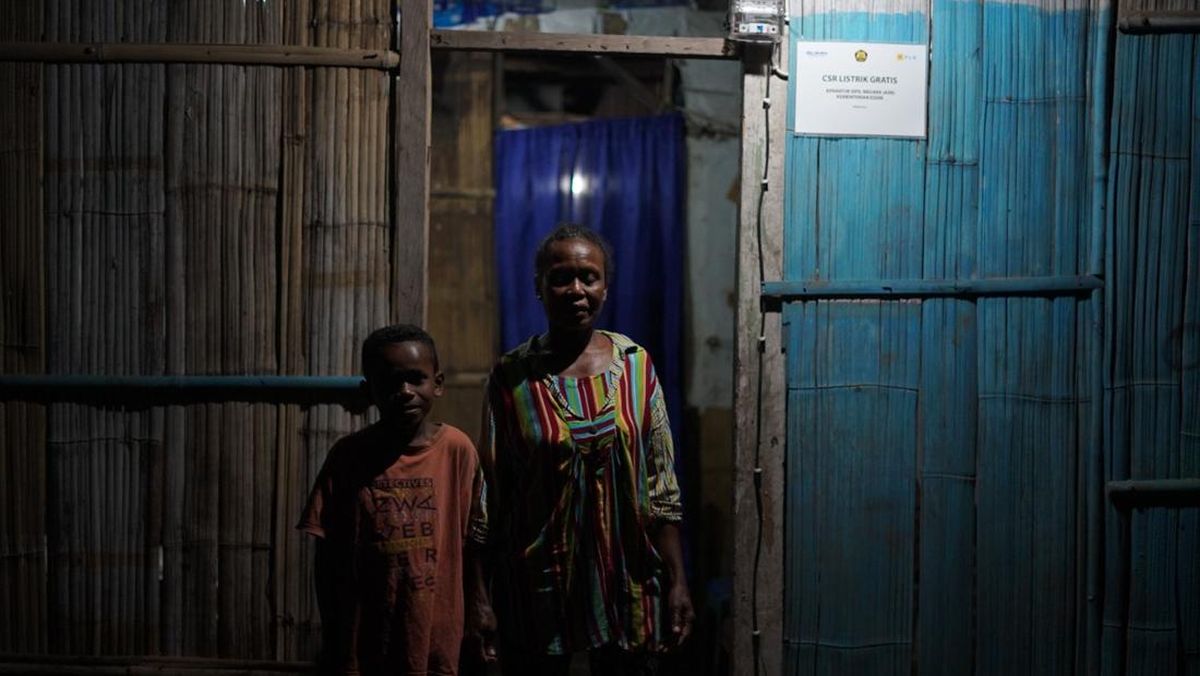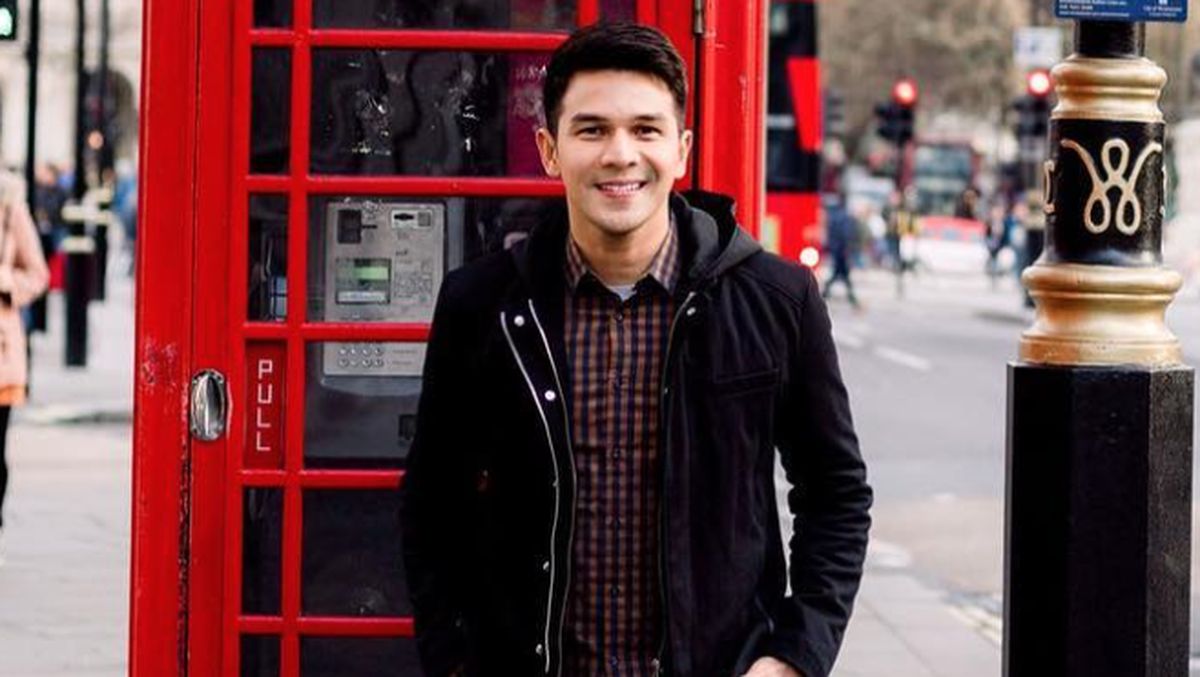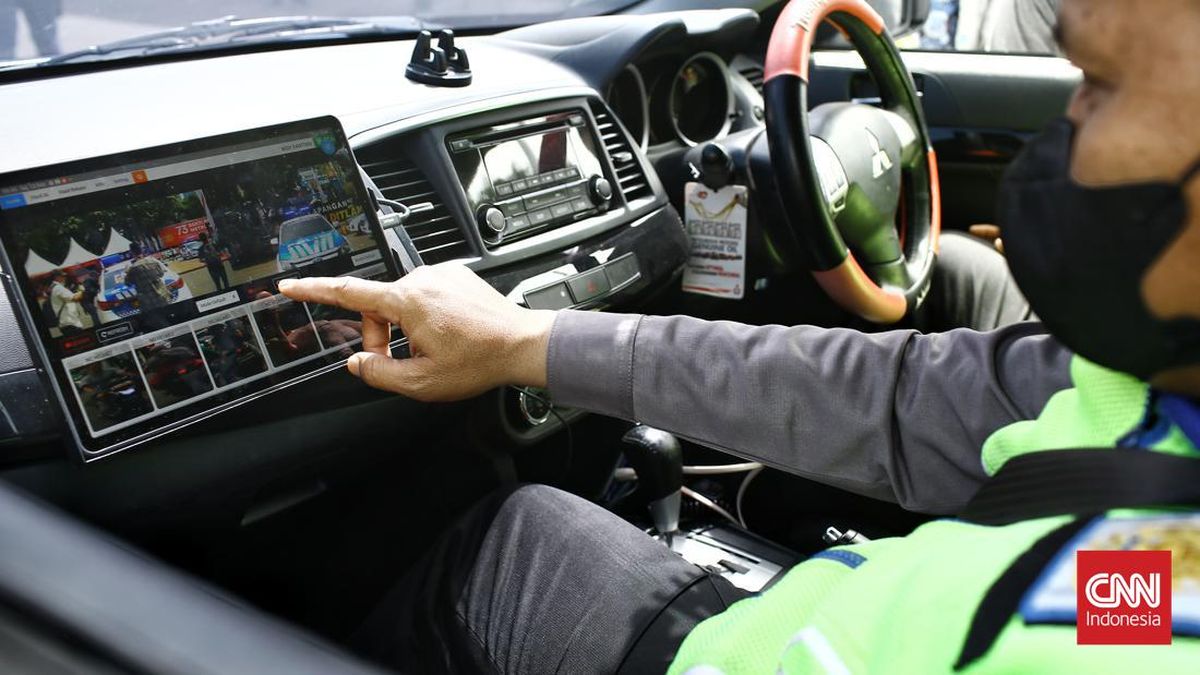Hospitality operators are still dealing with the hangover from high inflation and subsequent interest rate hikes. Some diners need to cut them some slack.
“I’m just coming up against so much push back from every angle at the moment.”
That was the text I received from a Brisbane cafe operator when I went to fact check the details of a dish for a recent story. He’d dared raise the price of one of his sandwiches – a very, very tasty sandwich, to be sure, made with house-baked bread, brined chicken, all that good stuff – from $16 to $19.

It’s a story I’ve been hearing more and more recently: hospitality operators raising their prices and getting pushback from diners for doing so.
And it confuses me. The Australian economy is emerging from a period of high inflation and 13 consecutive interest rate hikes to bring said inflation under control. Those economic pressures – high prices and then a reduced capacity to borrow money – were all over the news and felt by everyone, including small business operators such as cafe and restaurant owners.
The price of everything went up: produce, utilities, consumables. And there was little relief on the staffing costs too, with the hospitality labour market remaining tight, keeping wages relatively high.
This in a business where margins are already notoriously tight. They were considered tight 20 years ago, when I worked in restaurants. “I would kill for my margins 20 years ago,” a high-profile Brisbane restaurant owner said to me recently.
Yet venue owners are wary of putting up their prices for fear of pushback from diners, which can take the form of an old-fashioned verbal complaint, but these days extends online to public-facing Facebook and Instagram comments and Google reviews.

Instead, they’ll go back to the drawing board to find savings elsewhere in their business, whether it’s by simplifying a menu or steps of service, or by putting up prices on alcohol (I’ve definitely noticed price creep on wine lists around town, in particular), which tends to be less price-elastic than food.
It’s why so many recent openings designed for a pre-noon market aren’t true cafes. Instead, operators will drill down on one thing and do it well, whether it’s specialty coffee or pastries or sandwiches. Those operating a full service cafe (or something close to that model) have it particularly tough in some ways – they’re not lean like the local coffee nook, and yet they don’t have as many levers to pull as a restaurant (take booze, for example, or steps of service, perhaps) when trying to find efficiencies in their business.

Got a problem with a fancy sandwich costing $19? Vote with your wallet and stop ordering it, or if you feel you need to let the owner know, then do it respectfully, not on a two-star spray on Google Reviews. But when a good espresso coffee these days typically costs $5 or $6, is a $19 sanger really that bad?
Save the complaints for when they’re warranted. Talking wine in restaurants, I’ve been stiffed on two separate occasions recently, in venues I typically trust. One sold my table a $150 bottle of wine when the $90 we ordered was out of stock – we only learned about the price difference when the bill hit the table. At the second, an efficient, jovial waiter recommended a chablis by the glass that turned out at bill time to be $44 a pop, a quick pre-Gabba snack quickly blowing out into an unplanned extravagance. If the wine is going to be more than, say, $20 a glass, maybe let me know.
These instances are rare, but they do happen, and they’re the ones to get annoyed about.
Restaurant reviews, news and the hottest openings served to your inbox.
Matt Shea is Food and Culture Editor at Brisbane Times. He is a former editor and editor-at-large at Broadsheet Brisbane, and has written for Escape, Qantas Magazine, the Guardian, Jetstar Magazine and SilverKris, among many others.


